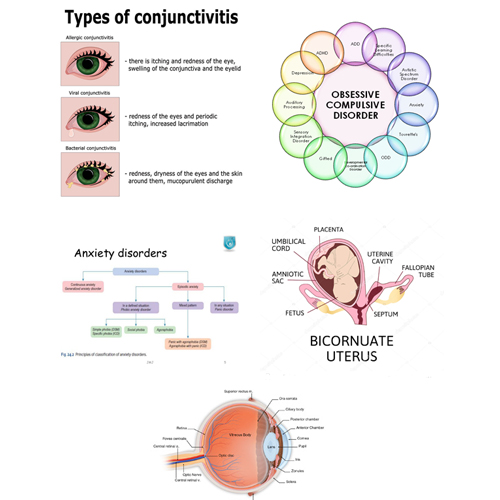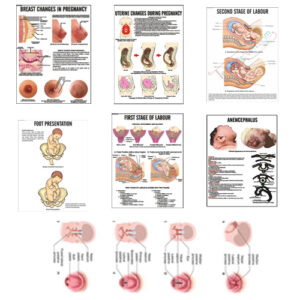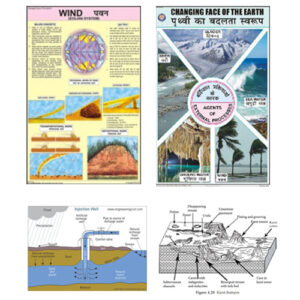| Part No. | Name of the chart | Size (cm) |
| 10040-A | Ocular infections | 51 x 66 |
| 10040-B | Anxiety disorders | 51 x 66 |
| 10040-C | Obsessions & compulsions | 51 x 66 |
| 10040-D | Schizophrenia | 51 x 66 |
| 10040-E | Bicornuate uterus | 51 x 66 |
| 10040-F | Fibroid uterus | 51 x 66 |
| 10040-G | Fibroadenoma breast | 51 x 66 |
| 10040-H | IUGR baby | 51 x 66 |
| 10040-I | Hydatidiform mole | 51 x 66 |
| 10040-J | Hydrosalpinx | 51 x 66 |
| 10040-K | Syphilis | 51 x 66 |
| 10040-L | Parkinson’s disease | 51 x 66 |
| 10040-M | Epilepsy | 51 x 66 |
Pathology charts serve various purposes in short form:
- Disease Diagnosis:
- Aid in the diagnosis of diseases and medical conditions through visual representation of pathological findings.
- Medical Education:
- Enhance the understanding of medical students, residents, and healthcare professionals in the field of pathology.
- Research Reference:
- Serve as reference tools for researchers studying the pathology of specific diseases and conditions.
- Clinical Case Presentation:
- Support the presentation of clinical cases by visually illustrating pathological findings.
- Treatment Planning:
- Assist in treatment planning by providing insights into the pathological features of diseases.
- Patient Education:
- Educate patients about the pathology of their conditions, facilitating informed decision-making.
- Tumor Classification:
- Classify tumors and cancers based on pathological characteristics, aiding in treatment decisions.
- Molecular Pathology:
- Visualize molecular changes at the cellular level, helping in molecular pathology research.
- Quality Control:
- Serve as tools for quality control in pathology laboratories, ensuring accuracy and consistency in diagnoses.
- Pathological Changes Over Time:
- Illustrate the progression and changes in pathological features over the course of a disease.
- Forensic Pathology:
- Support forensic investigations by providing visual documentation of pathological findings in post-mortem examinations.
- Telepathology:
- Facilitate remote pathology consultations through the visual representation of pathology findings.





